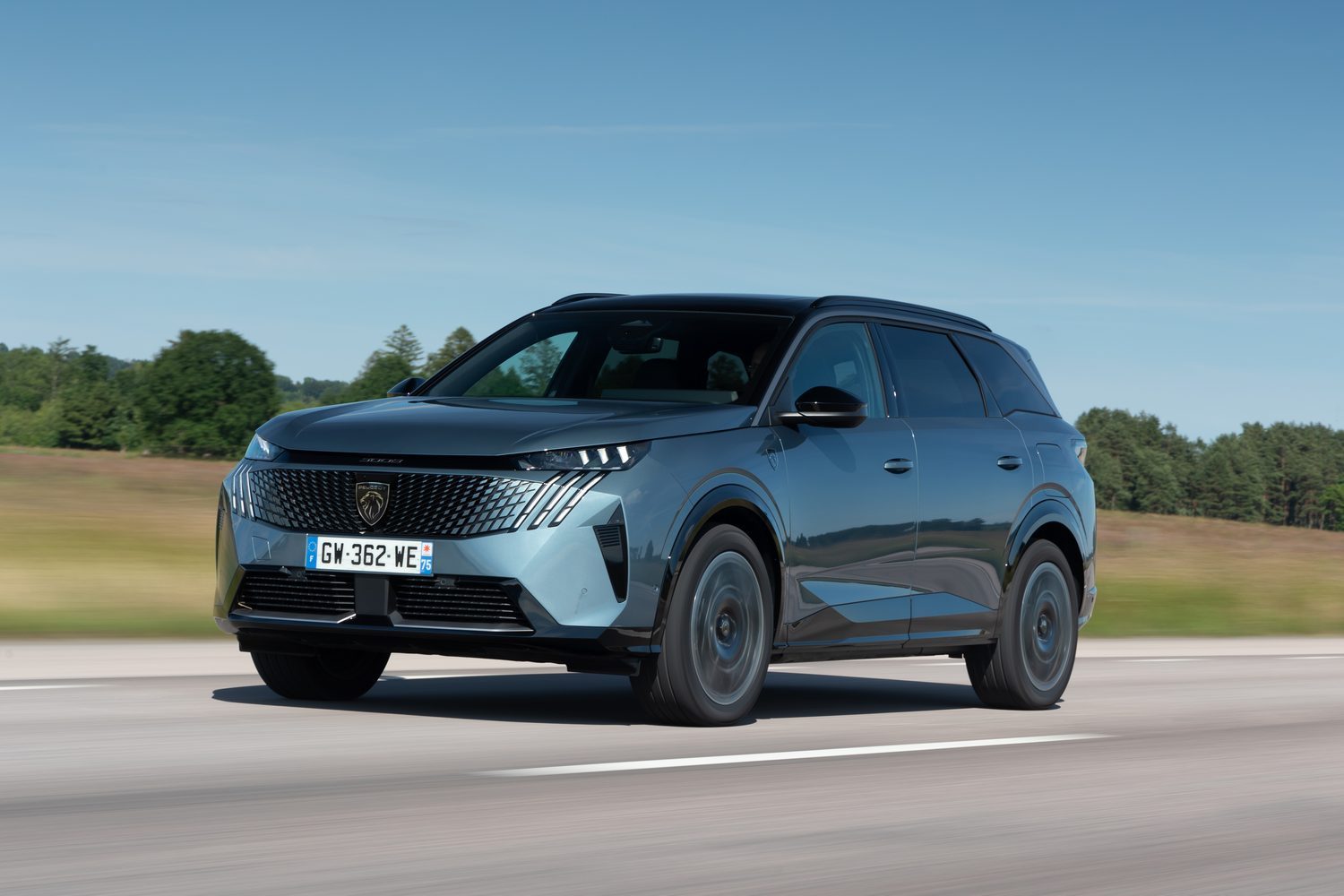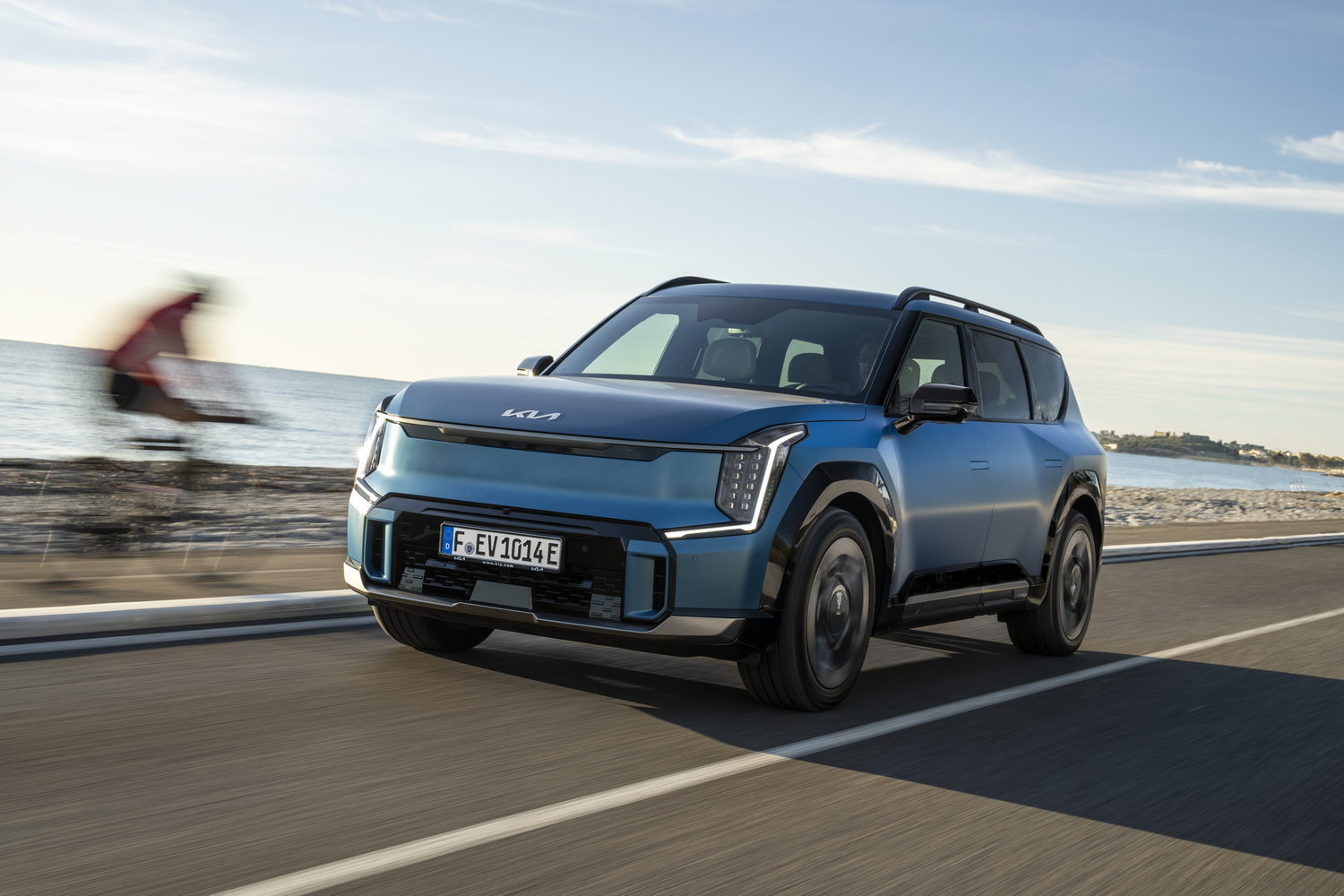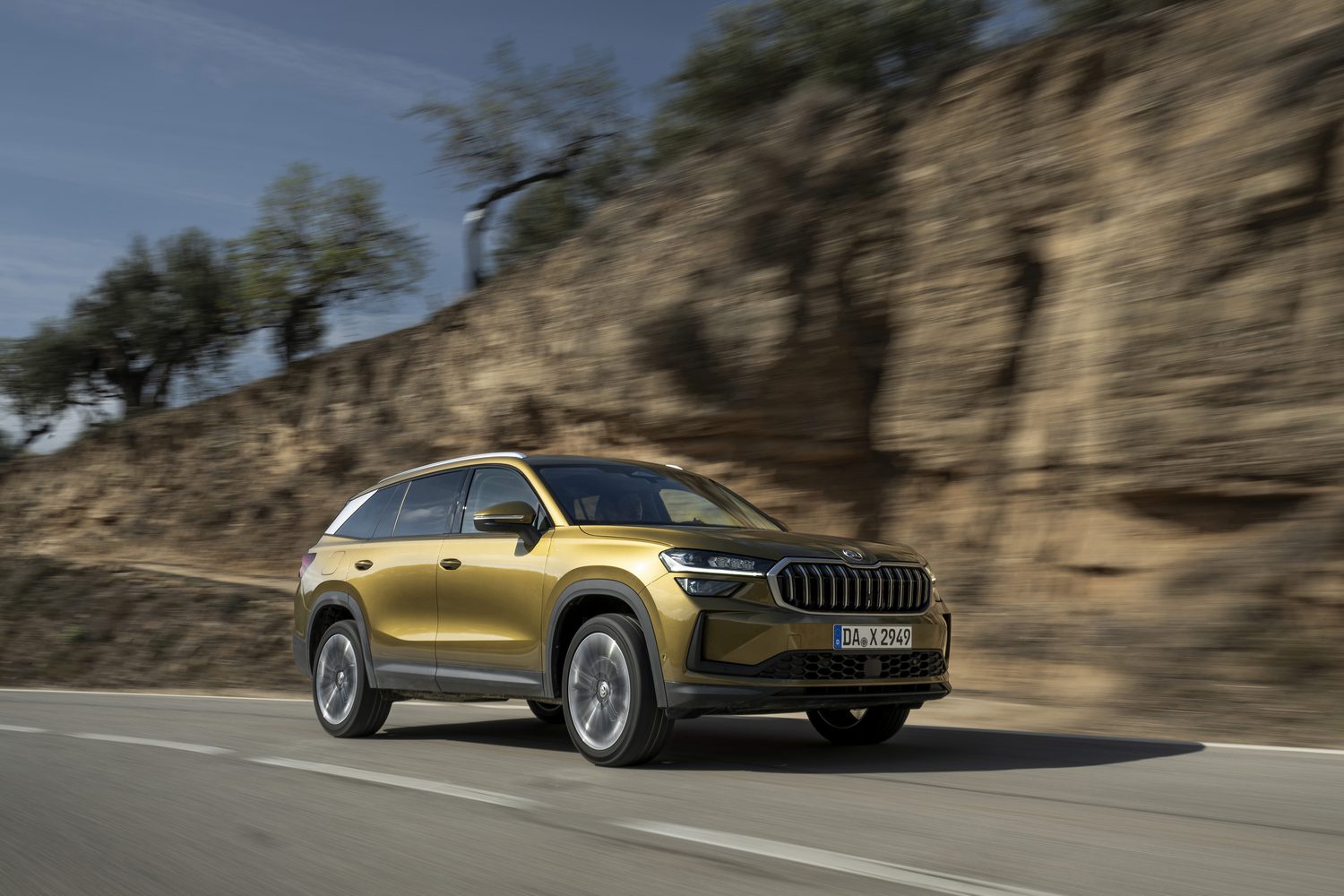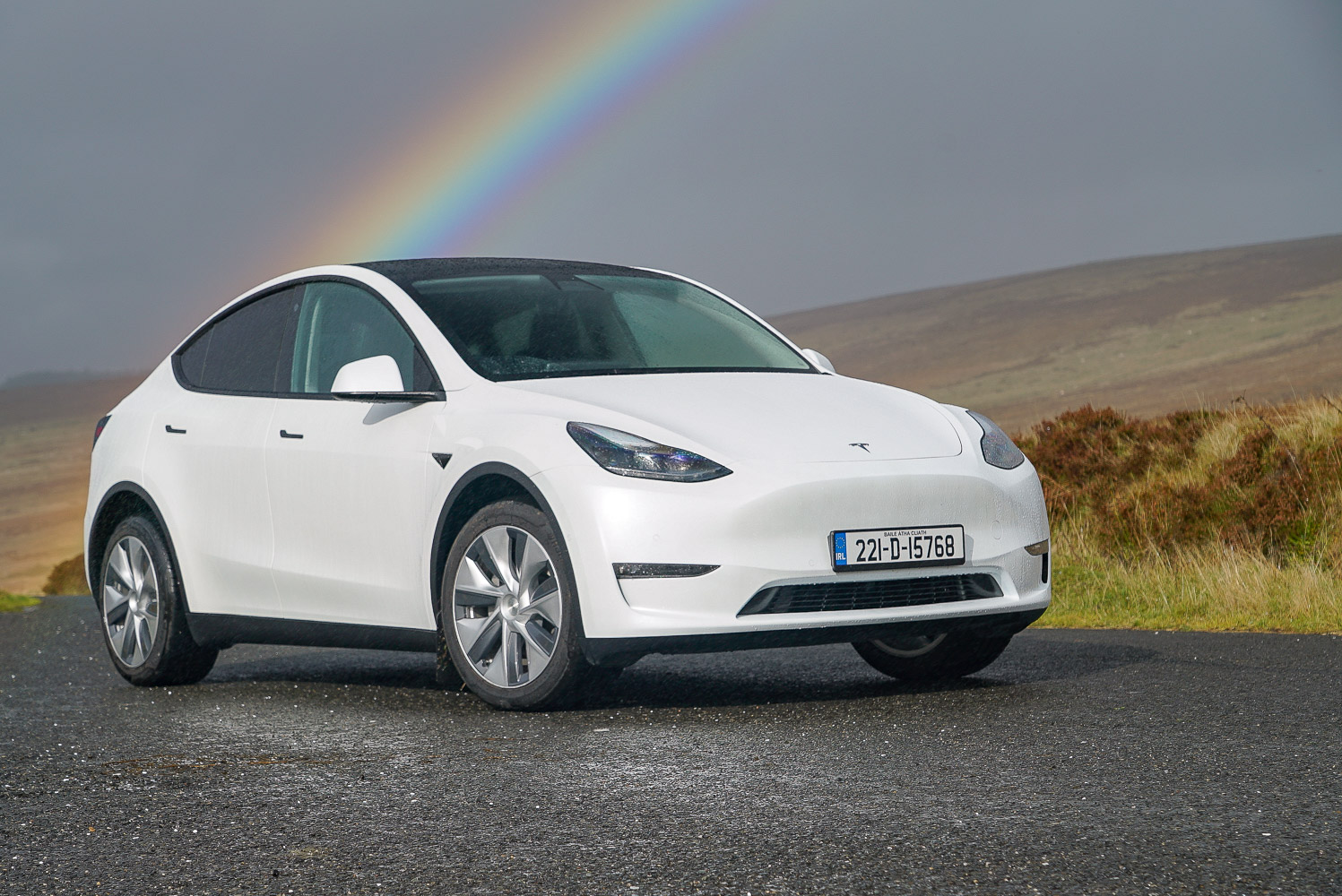The Peugeot E-5008, the electric version of the new 5008 SUV, is the 11th out of the French firm’s 12 products that has gone zero-emission. It’s related to the E-3008 though it can accommodate seven people onboard. There will be a choice of single-motor, front-wheel-drive, and dual-motor, all-wheel-drive versions, as well as a long-range single-motor variant with a 96kWh battery.
In connection to this, power outputs and ranges vary as well, the latter from around 500km up to 660km for the 96kWh model. Competition is as varied as the Kia EV9, Hyundai Santa Fe, Kia Sorento and even luxury alternatives such as the Volvo EX90. At its international launch, we took our first drive of the E-5008 in single-motor, front-wheel-drive guise in GT specification on a road trip from Denmark into Sweden.
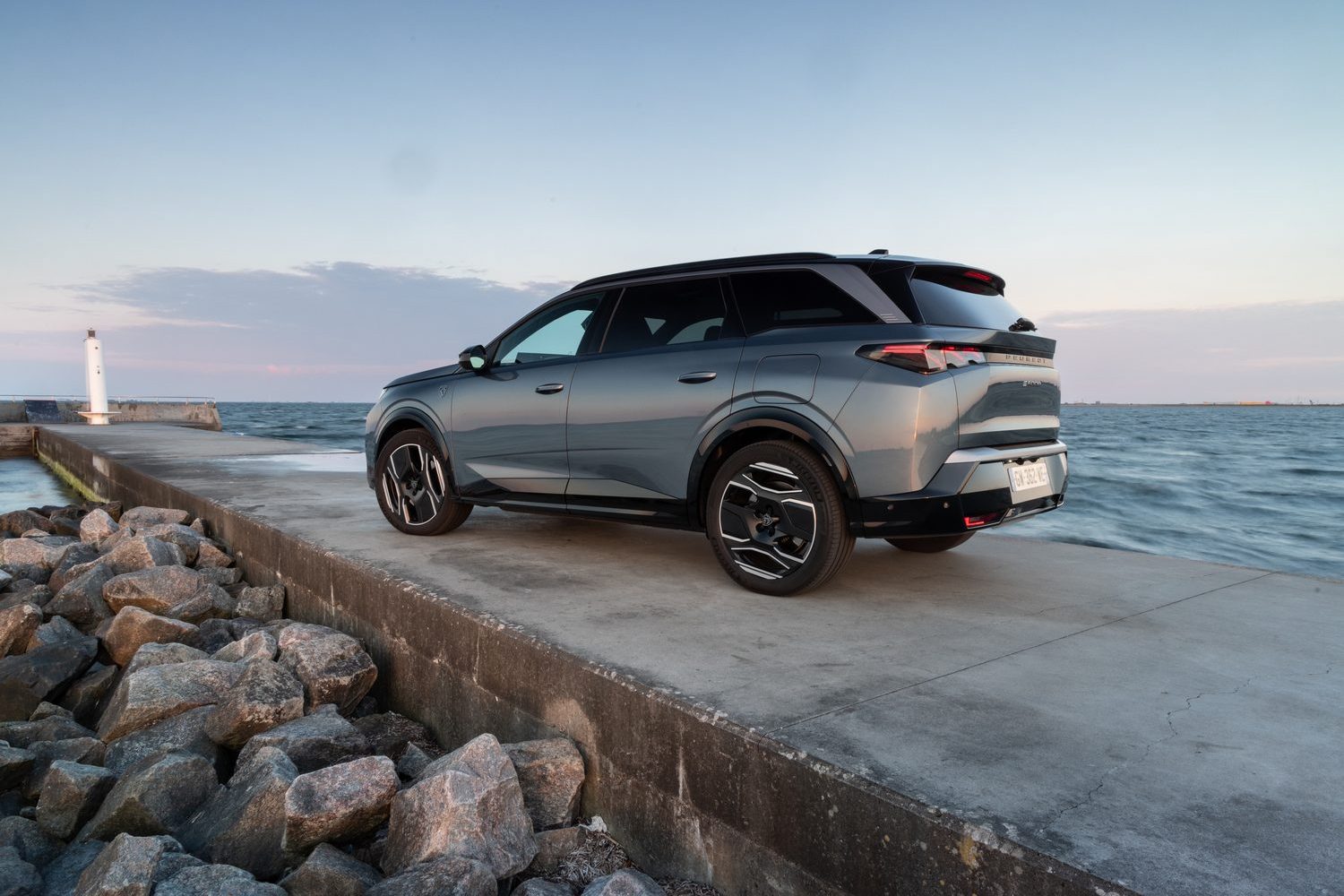
How much is the new Peugeot E-5008?
Brilliant news for buyers of the new Peugeot 5008 is that the entry-level hybrid and electric models are priced at the same starting point of €50,995 (once the government incentives are taken into consideration for the EV). And I say "entry-level", but the most affordable 5008 is in Allure specification these days, which is loaded with equipment as standard. It includes keyless entry and start, wireless Apple CarPlay and Android Auto, tri-zone climate control, adaptive cruise control, wireless phone charger, 19-inch alloy wheels and the widescreen dashboard setup. The 5008 GT is €54,995 for hybrid or electric power and it adds more advanced headlights and taillights, expanded ambient lighting, upgraded upholstery, a black roof and rear spoiler, electric tailgate, Highway Assist 2.0, sunblinds built into the rear doors, a heated steering wheel and a few other bits and pieces.
What’s new with the styling of the Peugeot E-5008?
Evolved from the E-3008 and looking much like a smoothed-off version of the previous-generation Peugeot 5008 - which was on sale from 2017 until earlier this year - the new E-5008 is a handsome contrivance. It has distinctive triple-claw light details, both for daytime running lamps and the main forward illumination, while the body-coloured pattern on the radiator grille breaks up nicely towards the central Peugeot shield logo. It gives the front end a sleek appearance, which continues for the uncluttered flanks of the car - about the only fussy thing down the sides are the 20-inch, asymmetrical and aerodynamically optimised alloy wheels.
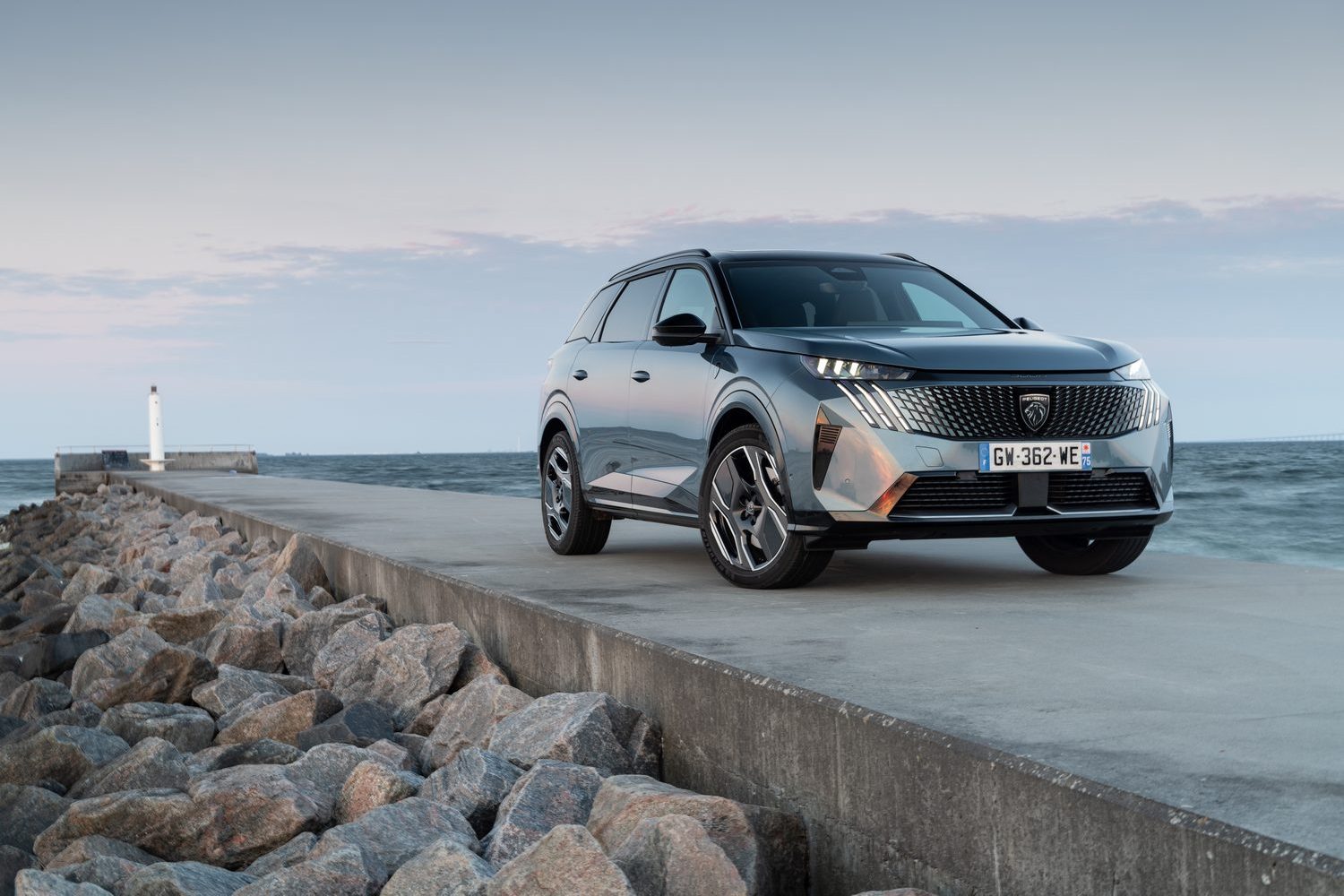
There’s also more space between the front and rear axles (that’s the wheelbase) on the E-5008 than there is on the E-3008, as it measures 2,900mm - that’s 161mm longer, and we’ll come onto why that stat is important later in the review. Anyway, what with its slim rear lamp clusters and two-tone roof option on this GT model, the Peugeot electric SUV has plenty of kerb appeal.
A look inside the Peugeot E-5008
Peugeot centres its cabin design on the ‘iCockpit’ layout of a small, low-set steering wheel beneath an upper digitised dashboard. In the E-5008, this continues, but the higher dashboard also has diffused uplighting at night, which gives the Peugeot’s fascia a classy ambience during the hours of darkness. There’s also the soft-furnishings-like fabric on the dash, repeated on the seat backs, which breaks up what could otherwise be an expanse of charcoal-grey plastic. It’s all nicely put together and the E-5008’s cabin scores highly for simple aesthetic and haptic appeal.
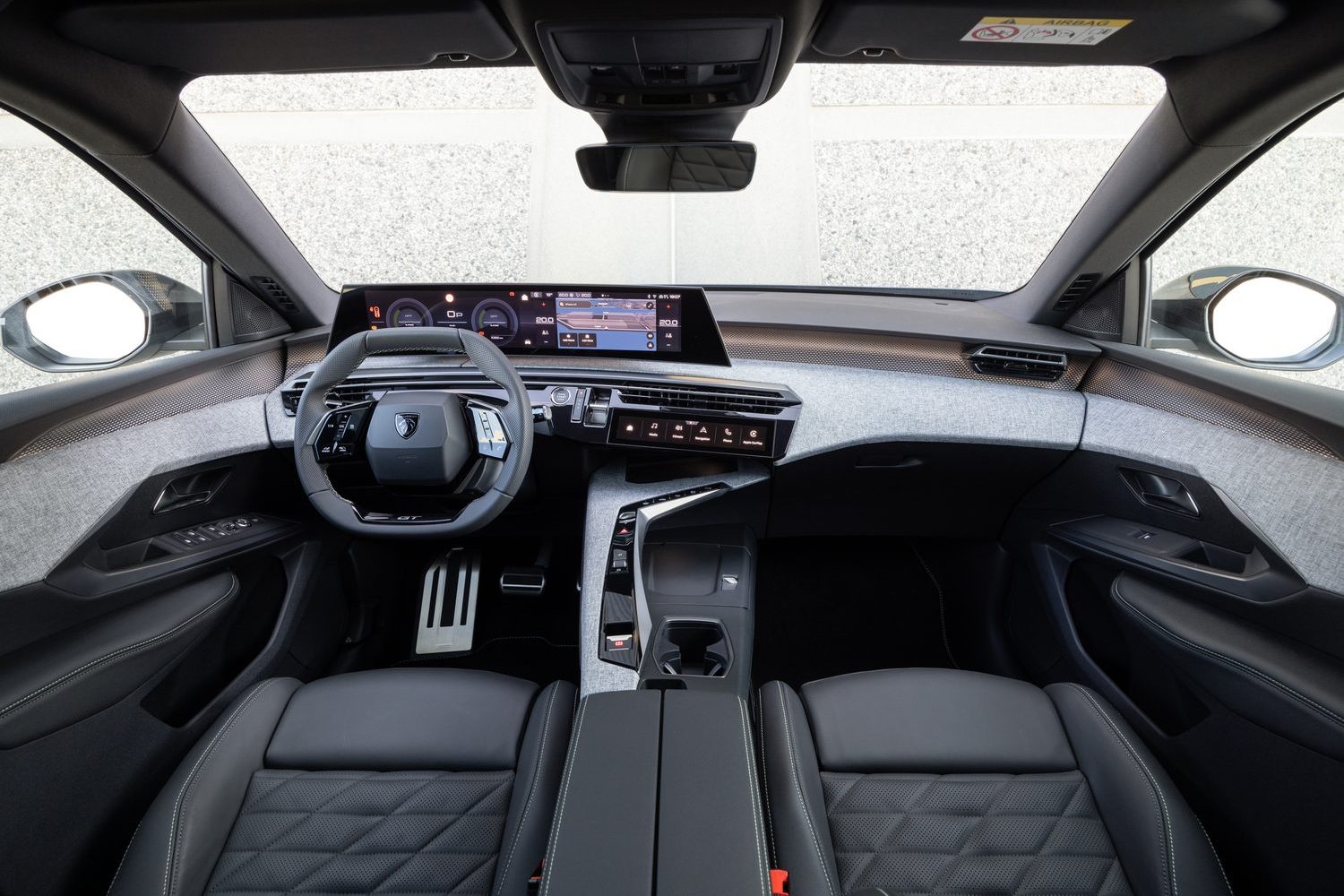
Space is also good within, as there’s a straightforward shoulder-latch system of tipping and sliding the middle row of seats forward easily that allows ample access to the third row of two chairs. Those, of course, are probably only suitable for children or smaller adults, but they’re certainly not tiny and legroom in the second row is very good; that’s one of the main benefits of the long wheelbase we mentioned earlier. One slight annoyance, though, is that the middle row seems to have taken a backwards step on the versatility front, as while it has individually split backrests for the seats, the bases are divided 60:40 - as in, you can’t slide the centre seat forwards and backwards independently of the two outboard seats as you could in the previous 5008.
That’s a shame, but otherwise there’s a good boot behind, with easily tumbling sixth and seventh seats that create a flat load floor. Even with a full complement of humans onboard, there’s 259 litres of boot space - that’s more than some smaller hatchbacks manage - while in five-seat format, the E-5008 accommodates a gigantic 748 litres. Fold away the middle row and up to 1,815 litres is freed up, so this is one seriously practical electric SUV.
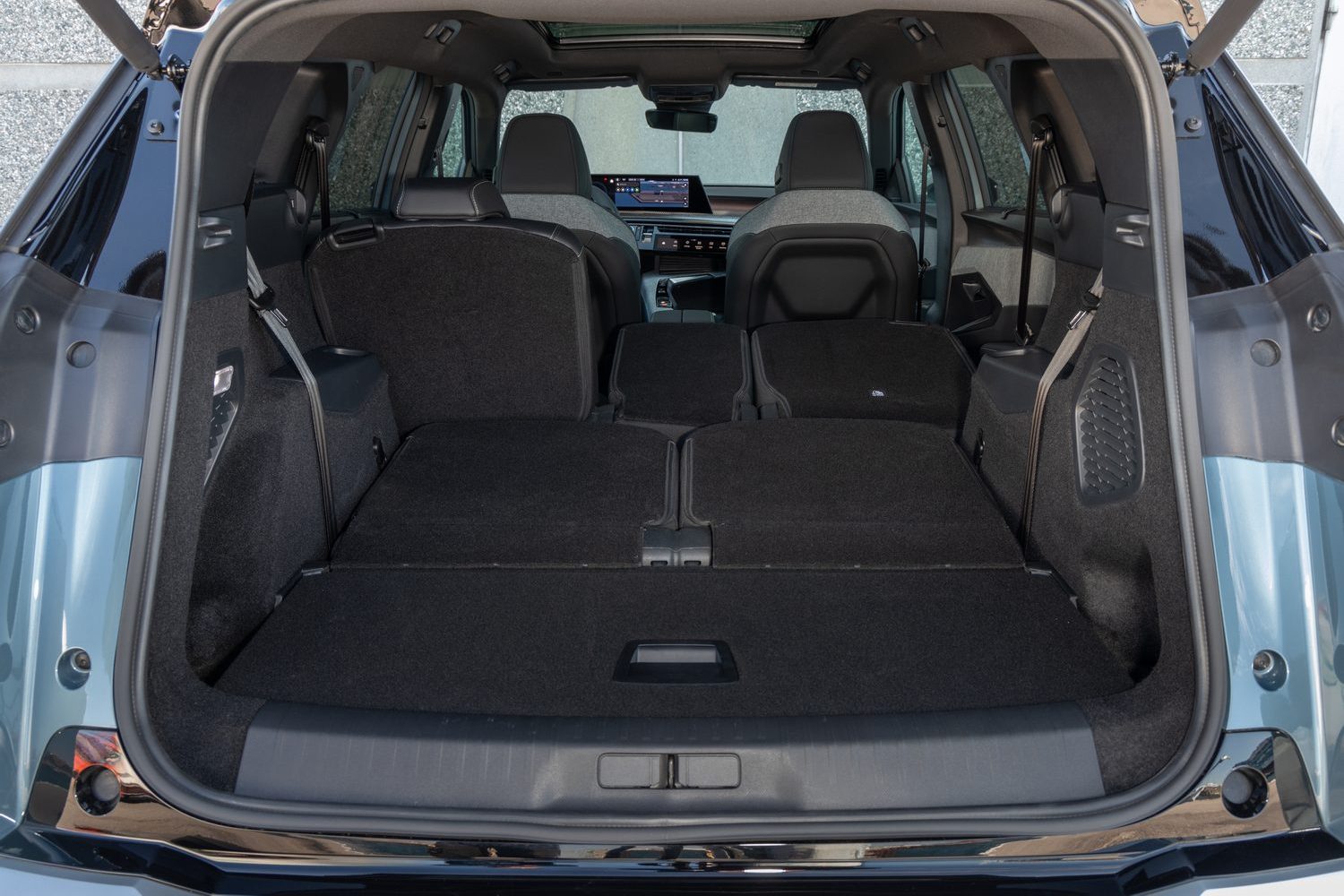
The Peugeot E-5008’s on-board technology
The focal point of the in-car technology in the Peugeot E-5008 is clearly the massive ‘Panoramic iCockpit’ display, a curved 21-inch design that manages all the instrumentation, infotainment and climate control functions of the car. It’s actually two screens housed in one enormous unit, with the portion in front of the driver a non-touch-sensitive panel, while the central display is where you do all your prodding and poking to alter various attributes inside the SUV. To augment that, the configurable ‘iToggles’ are lined up on the centre stack beneath the middle air vents, and it’s on here that you can quickly access your heating and ventilation controls, although not as quickly and not as easily as you would if they were simply physical buttons.
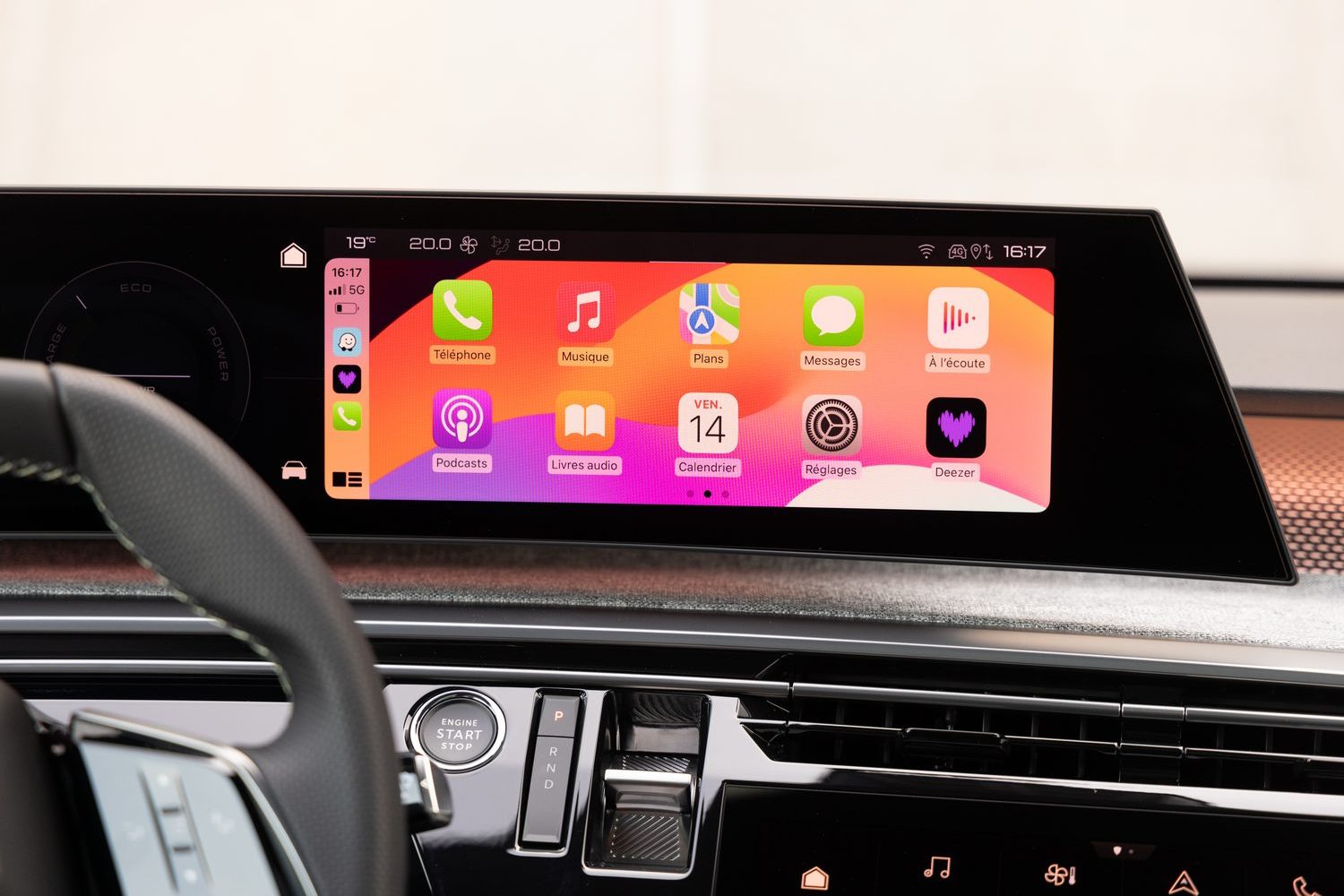
However, the responsiveness, look and layout of this iCockpit system is fine and, even if you don’t agree with us on that score, you can bypass it with wireless Apple CarPlay or Android Auto anyway. Also, it by no means represents the only useful tech onboard the E-5008, as there are further highlights and options including a panoramic glass roof to keep the cabin airy and light for all occupants, as well as either heated, or heated, cooled and massaging front seats, a heated steering wheel, an air quality system, tri-zone climate control, customisable ambient lighting, a wireless smartphone charging pad, and a powered tailgate, among more.
How many child seats can I fit in the Peugeot E-5008?
Sadly, there are no longer three ISOFIX child points across the second row of the Peugeot E-5008, as there were on the old 5008, and indeed there aren’t ISOFIX points in the third row either, so this electric vehicle has just two ISOFIX points. That said, you can obviously fit belt-restrained child seats in any of the five rear passenger positions.
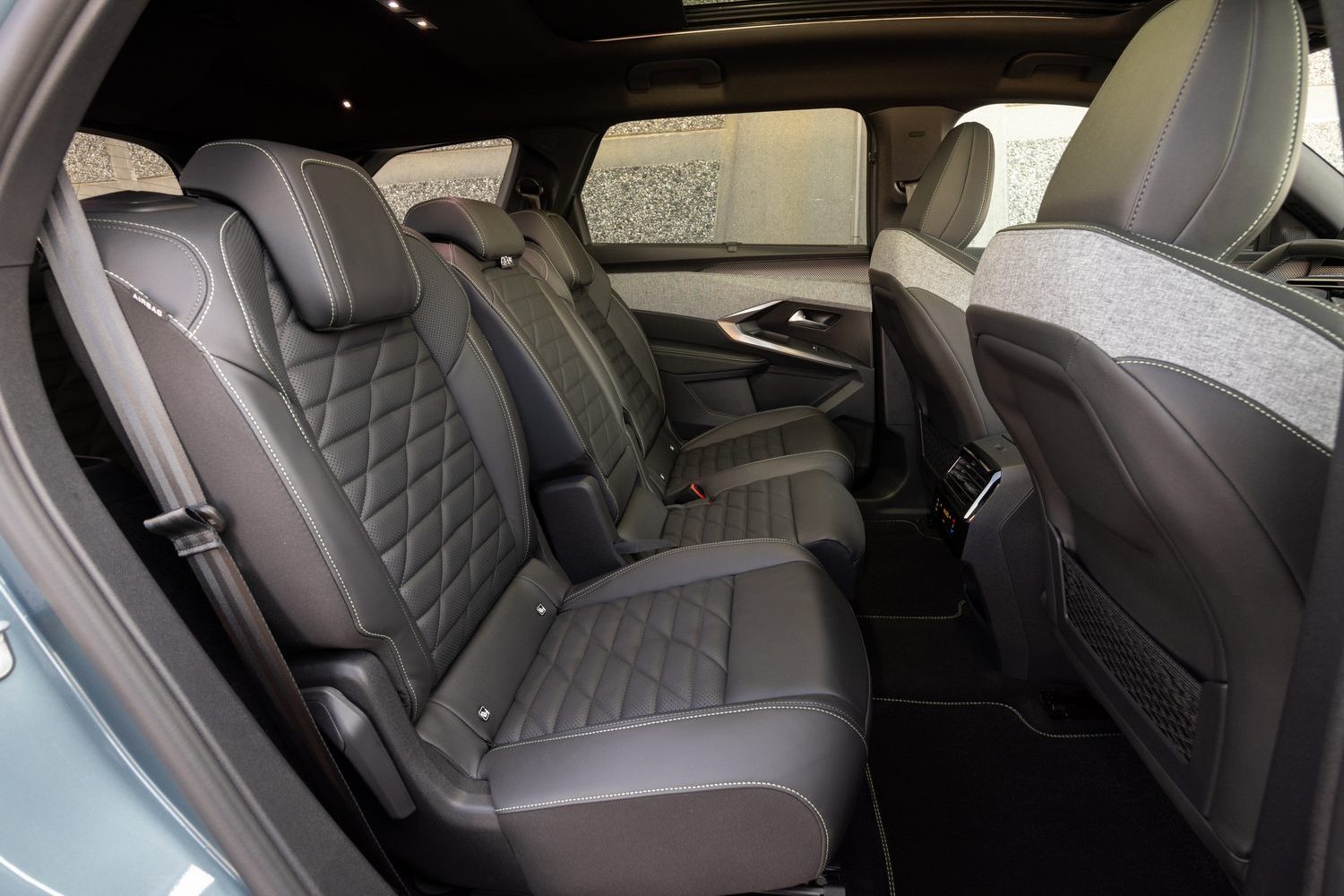
How safe is the Peugeot E-5008?
The new Peugeot E-5008 hasn’t yet been tested by Euro NCAP, nor has the closely related E-3008 either. However, previous generations of the 5008 picked up five-star ratings when they were new - although they were garnered under less stringent testing measures than used in 2024 - and there’s a good chance the new one will do the same, as Peugeot has an impressive record on safety in recent years.
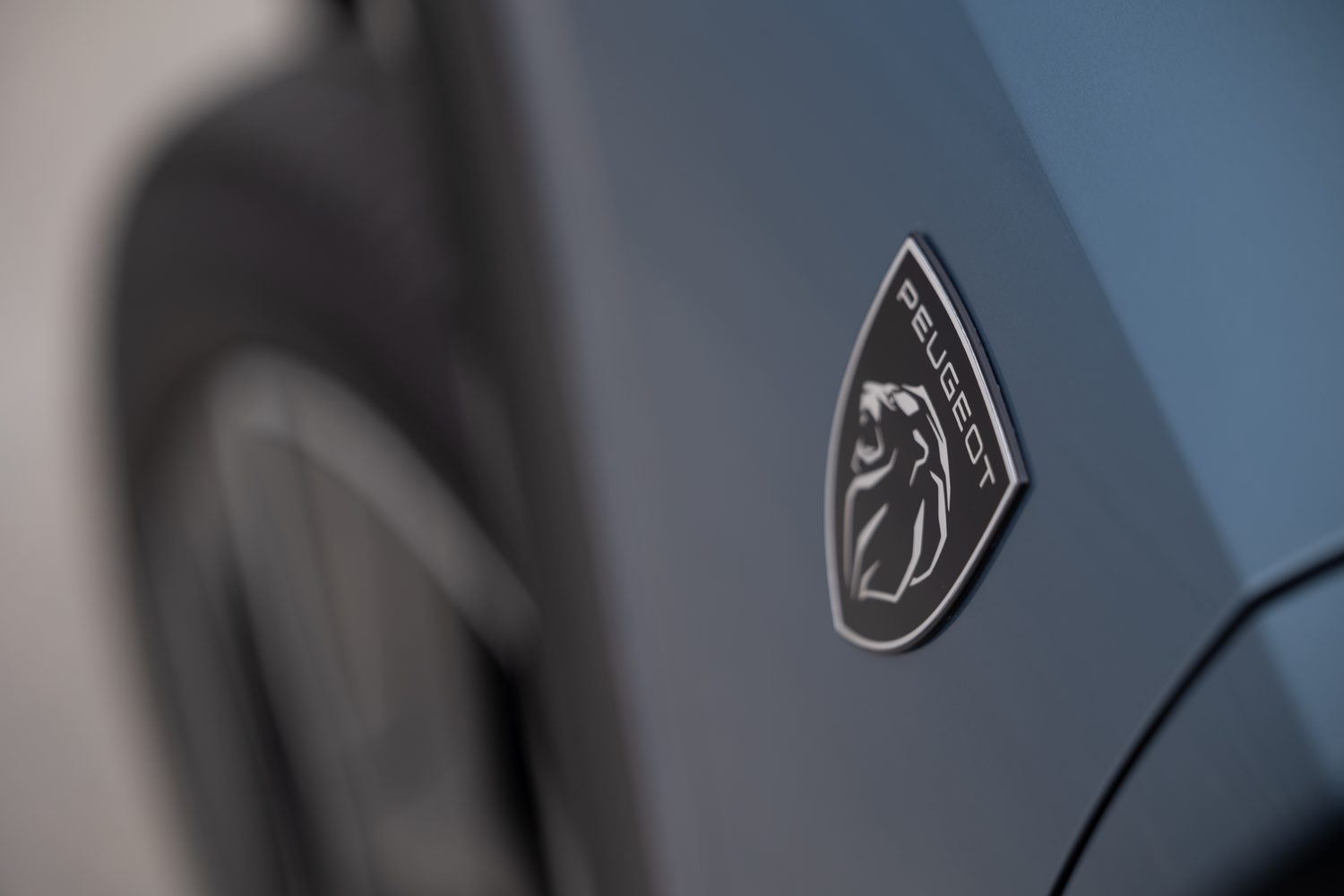
Standard safety gear includes a high-def camera and parking sensors at the back of the car, an optional 360-degree vision system, radar cruise control, semi-automatic lane changing and a whole host of other features. Peugeot says the E-5008 has more than 40 driver assistance and safety systems available to it, which is a decent tally in the grand scheme of things.
Driving the Peugeot E-5008
Coming down the line will be hybrid and plug-in hybrid derivatives of this seven-seat SUV, which means we’ll have Peugeot 5008 models to go alongside this E-5008. But it’s the fully electric version which comes first. Options include a single-motor, front-wheel-drive, 73kWh version with a 157kW (213hp) electric motor and a range of between 488-502km. A more potent dual-motor version uses exactly the same battery and front-axle motor set-up, but adds a secondary motor (on the rear axle) for a combined maximum of 320hp, which’ll obviously make that E-5008 much quicker than the single-motor model, but it’ll also have a negative impact on the outright driving range to a charge.
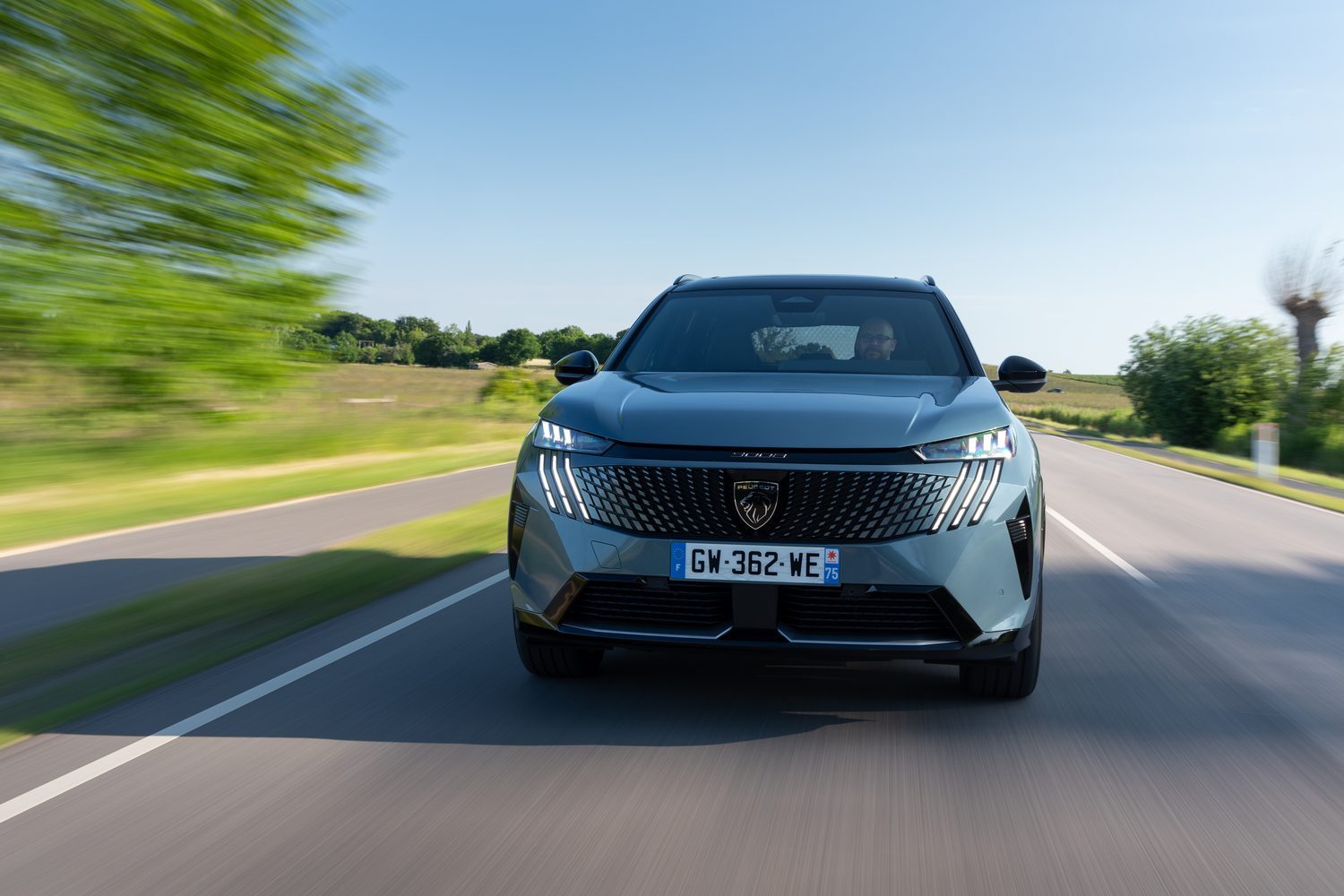
The most interesting one, then, will be the single-motor E-5008 long range, which gets a massive 96kWh battery, peak power increased to 231hp (torque stays at the same 345Nm as the other single-motor version, though) and a 660km range on the official economy test.
Having sampled the smaller, lighter E-3008 as a GT, we found it rode firmly and felt unsettled. But a longer wheelbase tends to improve ride comfort and it has done so noticeably for the E-5008. This is a graceful, quiet and cosseting car to travel in, making it genuinely excellent family transportation. There’s nothing like as much fidget from this bigger Peugeot SUV when it’s taking on poorer road surfaces, while the isolation of the cabin from both wind and tyre noise is quite exceptional.
Sure, it doesn’t handle particularly interesting. We mean, it doesn’t handle badly, either, but over-light, feel-free and yet somewhat darty steering doesn’t lead to the greatest interface with what the front wheels are up to, while the tall, heavy mass of the car does introduce a touch of lean into cornering proceedings. Despite this, there’s plenty of grip, a reasonable level of composure and no ill manners from the Peugeot in the bends, and as seven-seat family SUVs like this are rarely thrown around like they’re hot hatchbacks, its handling is perfectly fine.
It also feels OK for performance. It’s not searingly quick and it actually doesn’t make its peak outputs of 213hp and 345Nm unless you actively remember to flick it into Sport mode. Most of the time, you’ll be in default Normal mode, which means adequate maximums of 190hp/300Nm.
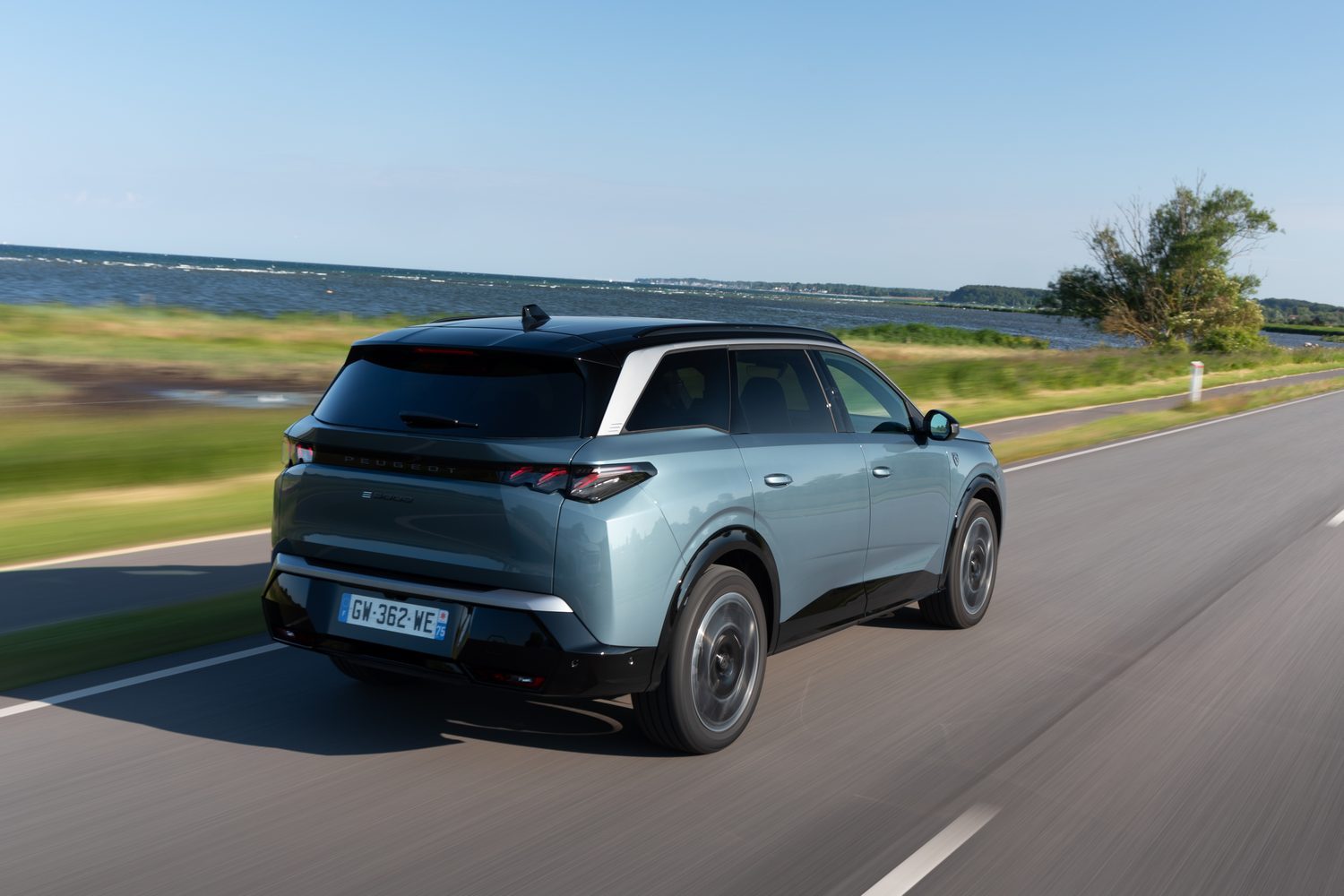
In the Eco mode, peak power and torque drop even further - to 170hp and 270Nm - and response to the accelerator is noticeably dulled, so you’re best off avoiding that. Thankfully, the response is pretty good in the other two settings, as are the three stages of regenerative braking that you can adjust using the paddle shifts behind the steering wheel. There’s no real mushiness from the brake pedal in the E-5008 and the system has proper bite when you need to shed speed in a hurry, so all in all the straight-line speed and the calibration of the E-5008’s major controls are largely very good.
What’s the electric range of the Peugeot E-5008?
As we’ve touched on, this single-motor, front-wheel-drive E-5008 can do around 500km on a charge, depending on its specification. For those that want more, then the long range variant will be the key model, although we could do with a bit more electrical efficiency from the Peugeot SUV - on a steady drive on largely flat roads, it only turned in a middling 18.9kWh/100km; we’d be expecting more from it when driven so sedately, although it had its air conditioning running permanently at a chilly 18 degrees C for our lengthy road trip from Denmark into Sweden as it was very hot outside. On a later, long motorway run conducted at 110km/h, that electrical consumption increased further to 19.5kWh/100km.
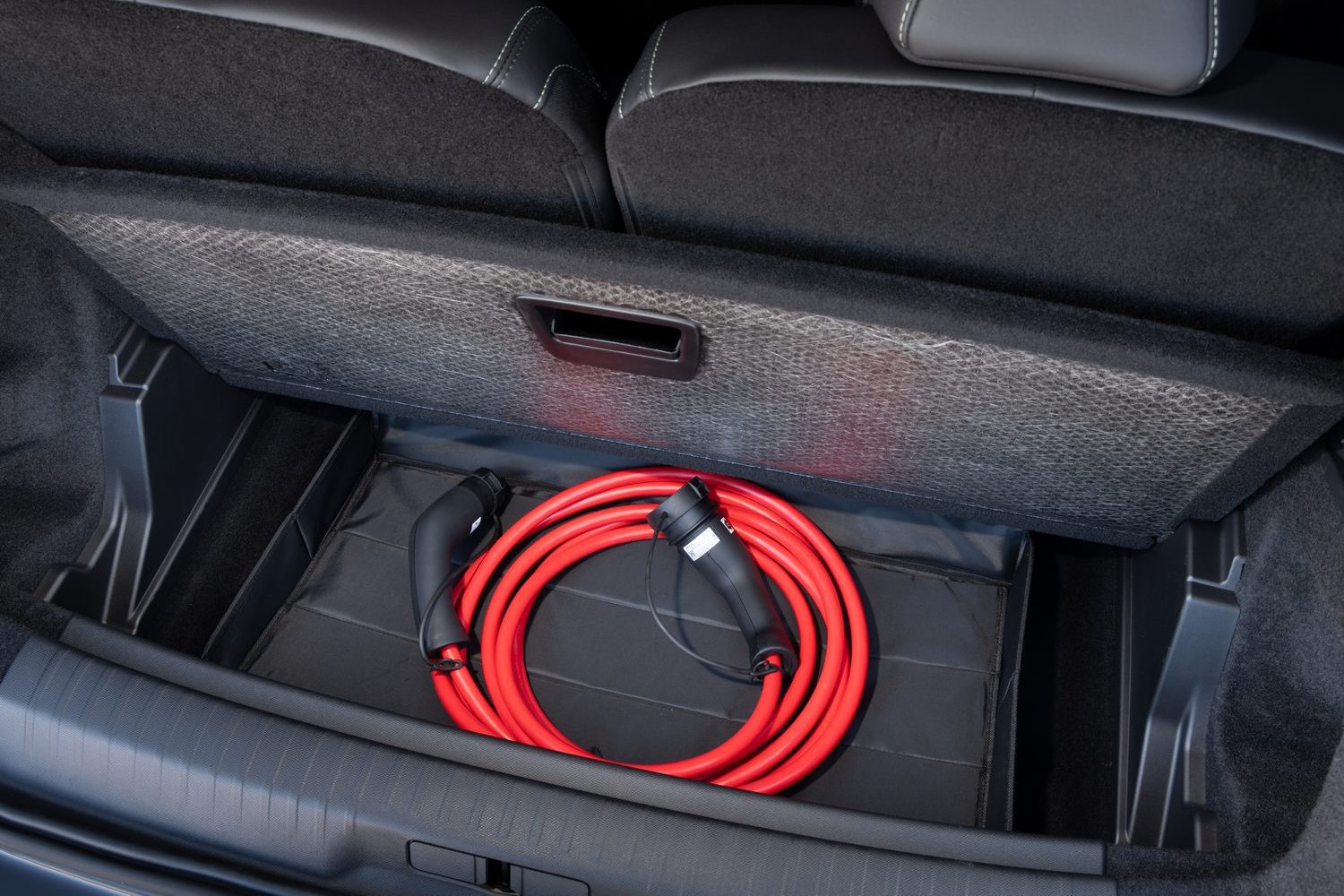
So, you might be charging the E-5008 sooner than every 500km, by the looks of things, which means the speed of battery replenishment becomes a more pressing concern. The Peugeot EV can charge at a fastest rate of 160kW on a DC public connection, dropping to 11kW as its most rapid AC hook-up. You’re looking at 30 minutes to go from 20-80 per cent state of charge in the E-5008’s battery on a 160kW unit, while a typical 7.4kW domestic wallbox will do 0-100 per cent in 6 hours 45 minutes. If you’re lucky enough to be able to access an AC charger rated at 11kW, that’ll do the same full charge in four-and-a-half hours, although plugging the Peugeot SUV into the mains via a standard domestic socket (known as ‘granny’ or ‘trickle’ charging) will require almost 23 hours to get the job done.
The reasons you’d buy a Peugeot E-5008
The Peugeot E-5008 is the most affordable seven-seat electric SUV on the market - and it’s one of the better ones, too. Smart styling and a high-quality level of finishing in the cabin are aided by impressive levels of practicality as well as plenty of electric range, depending on the model you pick. That the E-5008 also drives in a super-smooth and appealing fashion is just the icing on the cake, really.
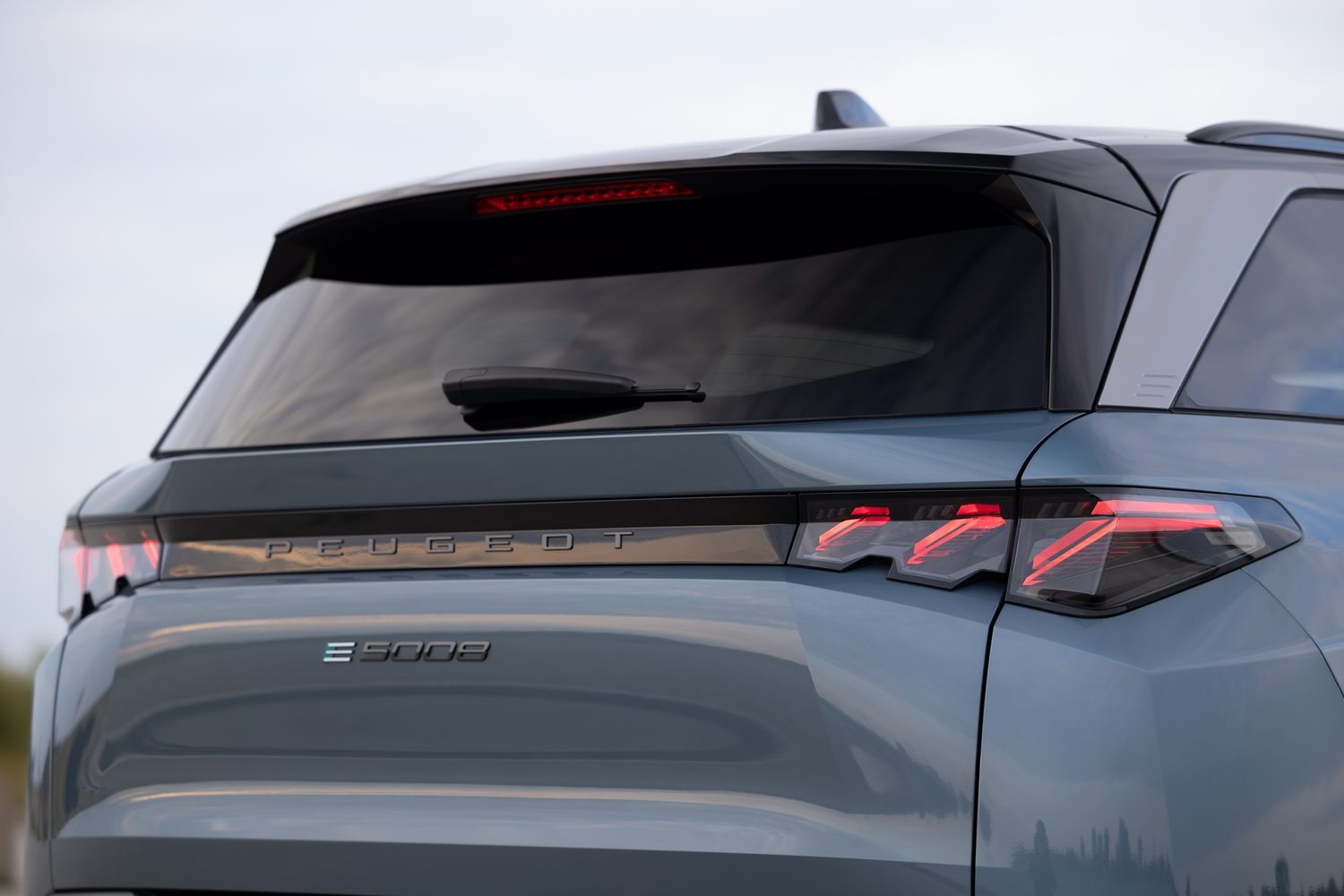
Ask us anything about the Peugeot E-5008
If there’s anything about the Peugeot E-5008 we’ve not covered, or you’d like advice in choosing between it and other cars, you can avail of our (completely free) expert advice service via the Ask Us Anything page.

